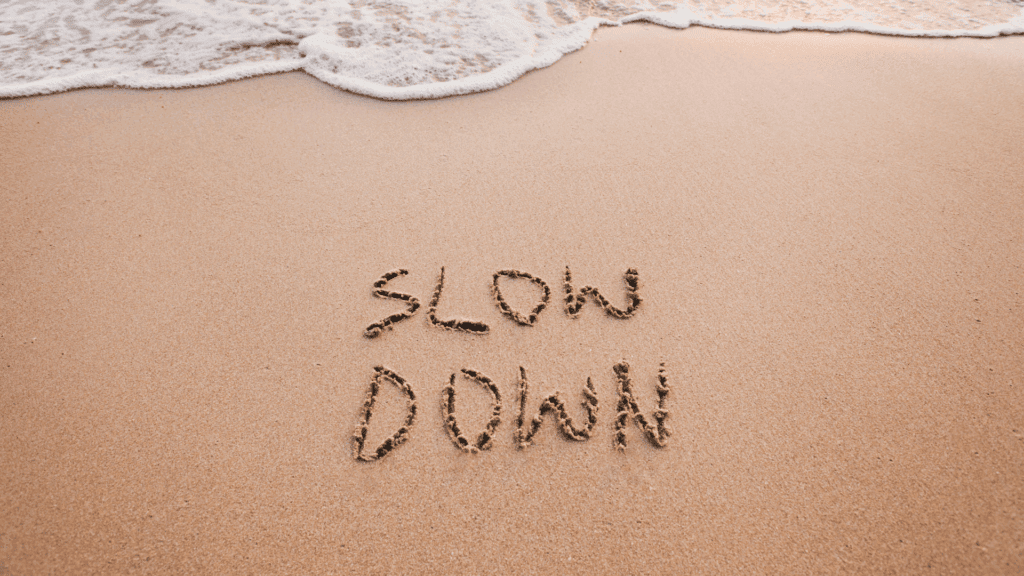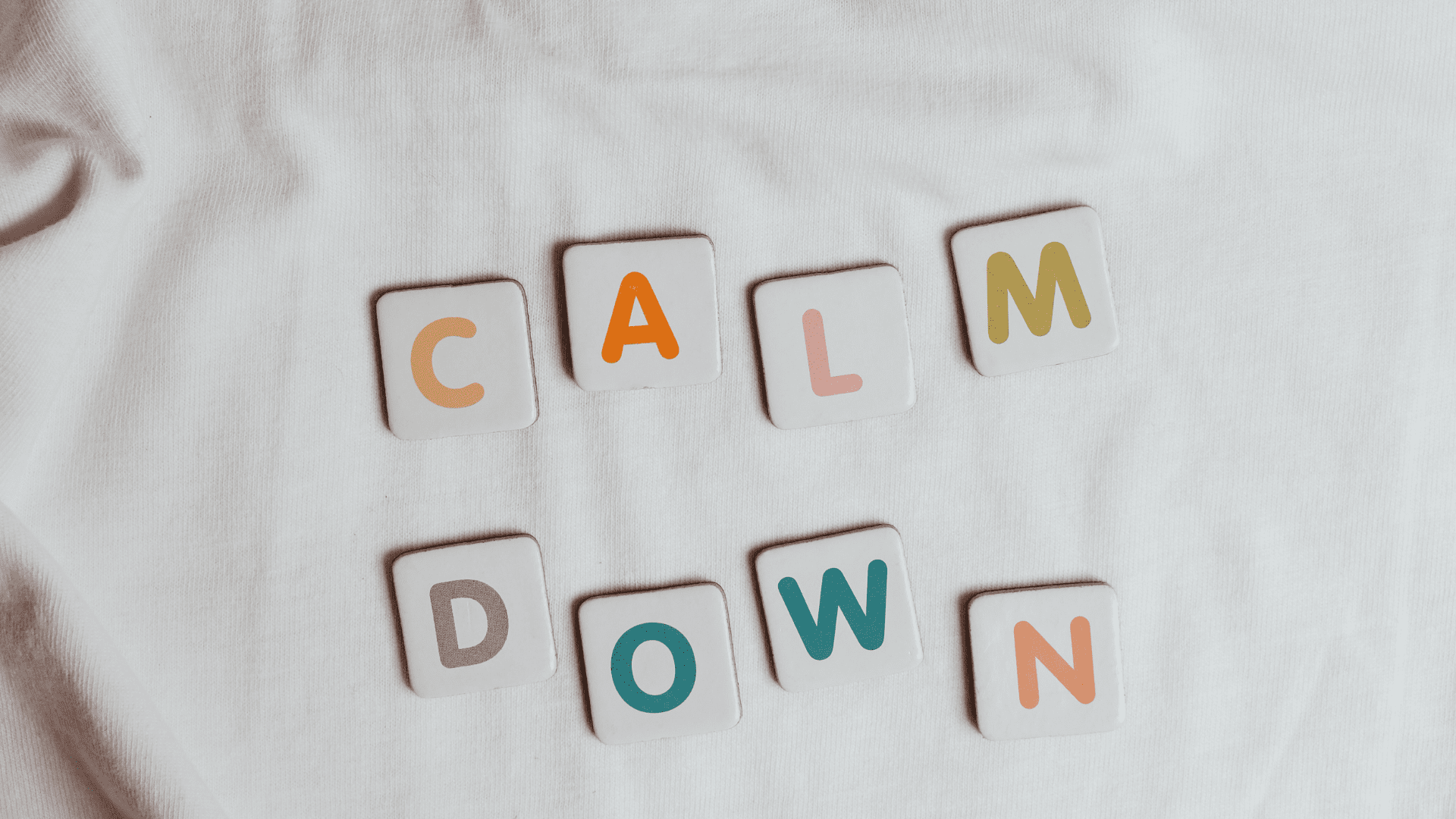Mindfulness for Anxiety and the Brain’s Ancient Alarm System: Why Anxiety Exists
Mindfulness for anxiety is not a modern phenomenon. From an evolutionary perspective, it evolved as a survival mechanism, alerting our ancestors to threats and mobilizing the body for action. The amygdala, a small almond-shaped structure located deep within the brain, acts as a sentinel, scanning for danger, triggering the fight-or-flight response, and releasing stress hormones such as cortisol and adrenaline. This system helped early humans avoid predators and other risks. Still, in today’s world, it often misfires in response to non-life-threatening stressors, such as deadlines, social situations, or uncertainty about the future.
Modern neuroscience reveals that chronic activation of this ancient alarm system can rewire the brain, strengthening neural pathways associated with fear and worry. Over time, this can lead to persistent anxiety, difficulty concentrating, and even physical health problems. Understanding the evolutionary roots of anxiety helps reframe it not as a personal failing, but as a deeply embedded biological process—one that can be reshaped through mindful awareness.

Mindfulness for Anxiety: Rewiring the Brain
Mindfulness for anxiety is more than a wellness trend; it’s a scientifically validated approach that changes the very structure and function of the brain. Functional MRI studies show that regular mindfulness practice reduces activity in the amygdala and increases connectivity between the prefrontal cortex (responsible for rational thought and self-regulation) and limbic regions (involved in emotion processing). This means that with consistent practice, individuals can rewire their brains to respond to stress with greater calm and clarity.
Neuroplasticity—the brain’s ability to form new neural connections throughout life—underpins this transformation. When you practice mindfulness, you’re training your brain to notice anxious thoughts and bodily sensations without immediately reacting to them. This creates a “pause” between stimulus and response, allowing the prefrontal cortex to engage and regulate the emotional centers. Over time, this builds resilience, reduces the intensity and frequency of anxiety episodes, and enhances overall well-being.
The Science of Mindful Attention: What Happens in the Moment
Mindfulness for anxiety centers on cultivating present-moment awareness, without judgment or avoidance. When anxiety arises, the natural impulse is to escape, suppress, or distract. However, avoidance only reinforces the brain’s alarm system, making anxiety more persistent. Mindfulness for anxiety acts as a powerful disruptor to this cycle, allowing you to observe anxious thoughts and sensations without becoming overwhelmed by them.
Research shows that when individuals bring mindful awareness to anxious sensations—such as a racing heart or tight chest—there is a measurable decrease in physiological arousal. The insula, a brain region involved in interoception (the sense of the body’s internal state), becomes more active, allowing for greater awareness and acceptance of bodily sensations. Practicing mindfulness for anxiety in these moments helps retrain the nervous system, fostering a sense of safety and control. This “turning toward” anxiety with curiosity, rather than fear, disrupts the habitual fight-or-flight response and promotes a sense of safety in the nervous system. Over time, mindfulness for anxiety can transform even the most intense moments of discomfort into opportunities for growth and self-understanding.

From Rumination to Resilience: Breaking the Cycle
Anxiety often manifests as rumination—repetitive, negative thought loops about the past or future. These mental habits are reinforced by neural circuits in the default mode network (DMN), a system that becomes overactive during mind-wandering and self-referential thinking. Mindfulness for anxiety interrupts this pattern by anchoring attention in the present, breaking the cycle of worry and self-doubt.
Studies indicate that mindfulness practice decreases DMN activity, reducing the tendency to ruminate and catastrophize. Instead, practitioners develop metacognitive awareness—the ability to observe thoughts and feelings as transient mental events, rather than viewing them as absolute truths. Mindfulness for anxiety empowers individuals to step back from their thoughts, recognize unhelpful patterns, and respond with greater flexibility, creativity, and self-compassion. As mindfulness for anxiety becomes a habit, resilience grows, and the mind becomes less susceptible to the grip of anxious rumination.
The Social Brain: Mindfulness and Connection
Humans are inherently social beings, and anxiety often arises in interpersonal contexts—public speaking, networking, or navigating complex relationships. The social brain network, including the anterior cingulate cortex and mirror neuron systems, is susceptible to perceived social threats. Mindfulness for anxiety enhances social resilience by increasing empathy, emotional regulation, and attunement to others’ cues.
Research suggests that individuals who practice mindfulness for anxiety experience less social anxiety, communicate more effectively, and recover more quickly from social setbacks. By fostering a nonjudgmental attitude toward oneself and others, mindfulness for anxiety reduces the fear of negative evaluation and promotes authentic connection. This has far-reaching implications for leadership, teamwork, and personal relationships, enabling individuals to thrive in both personal and professional spheres.
Evolutionary Mismatch: Why Modern Life Fuels Anxiety
The human brain evolved in environments vastly different from today’s fast-paced, hyper-connected world. Our ancestors faced acute, short-term threats; modern stressors are often chronic, ambiguous, and socially mediated. This evolutionary mismatch means that stimuli constantly trigger our alarm systems that were not designed to handle them, such as emails, notifications, and the relentless pressure to perform.
Mindfulness for anxiety offers an antidote to this mismatch. By training attention and cultivating present-moment awareness, individuals can “update” their brains for modern life. This not only reduces anxiety but also enhances adaptability, decision-making, and creative problem-solving in an ever-changing environment.

The Physiology of Calm: Mindfulness and the Nervous System
Anxiety is not just a mental phenomenon; it is deeply embodied. When the brain perceives a threat, the sympathetic nervous system responds by increasing its activity, preparing the body for action. Mindfulness for anxiety activates the parasympathetic branch—the “rest and digest” system—counteracting the stress response.
Breathing exercises, body scans, and mindful movement practices have been shown to lower heart rate, reduce blood pressure, and decrease levels of stress hormones. These physiological shifts send feedback to the brain, reinforcing a sense of safety and calm. Over time, this recalibrates the nervous system, making it less reactive to everyday stressors.
Mindfulness in the Workplace: Performance Under Pressure
Anxiety in professional settings can undermine performance, creativity, and collaboration. Mindfulness for anxiety is increasingly recognized as a key skill for thriving in high-pressure environments. Leaders and teams who practice mindfulness report greater focus, emotional intelligence, and resilience in the face of challenges.
Neuroscientific studies reveal that mindfulness enhances executive function—the brain’s ability to plan, prioritize, and regulate impulses. This translates into improved decision-making, reduced burnout, and a more positive organizational culture. In a world where change is constant, the ability to stay grounded and present is a competitive advantage.
Cultural Perspectives: Mindfulness Across Societies
While mindfulness has roots in ancient contemplative traditions, its benefits for anxiety are universal. Cross-cultural research indicates that mindful practices are effective across diverse populations, regardless of age, background, or religious affiliation. This universality speaks to the fundamental human need for safety, connection, and a sense of meaning.
Sociological studies highlight the role of community and shared practice in amplifying the effects of mindfulness. Group meditation, mindful listening circles, and collective rituals foster a sense of belonging and mutual support. In societies where anxiety is stigmatized, mindfulness offers a non-pathologizing, strengths-based approach to mental health.

The Future of Mindfulness: Digital Tools and Neuroscientific Frontiers
The rise of digital mindfulness tools—apps, wearables, and virtual reality experiences—makes these practices more accessible than ever. Real-time biofeedback and brainwave monitoring enable individuals to track their progress and tailor their practice to their needs. Emerging research in neurofeedback and brain-computer interfaces holds promise for deepening our understanding of how mindfulness for anxiety affects brain function.
As neuroscience continues to unravel the mechanisms of mindfulness, new frontiers are opening in education, healthcare, and organizational development. The integration of mindfulness with cutting-edge technology holds the potential to democratize access to mental well-being and empower individuals to take control of their mental health.
Mindfulness and Meditation for Anxiety: A Neuroscientific Perspective
Mindfulness and meditation for anxiety are proven to calm the brain’s stress response and foster emotional balance. When anxiety hits, the amygdala—your brain’s alarm center—becomes overactive, triggering worry and physical tension. Mindfulness and meditation for anxiety help by activating areas like the prefrontal cortex and anterior cingulate cortex, which support attention, self-awareness, and emotional regulation.
Neuroscience shows that regular mindfulness and meditation for anxiety reduce activity in the default mode network, the part of the brain responsible for rumination and negative self-talk. This shift helps break the cycle of anxious thoughts and grounds you in the present moment. Over time, consistent mindfulness and meditation for anxiety build new neural pathways, making it easier to manage stress and respond with clarity.
Integrating mindfulness and meditation into daily life can help manage anxiety by empowering you to retrain your brain for greater calm, resilience, and overall well-being. Mindfulness and meditation for anxiety not only interrupt negative mental patterns but also strengthen your capacity to recover from setbacks and adapt to new challenges.
Even short, regular practices of mindfulness and meditation for anxiety can create measurable, lasting effects, offering a practical, science-backed approach to managing anxiety and enhancing mental health. By prioritizing mindfulness and meditation for anxiety, you’re investing in your brain’s long-term health and unlocking your full potential for emotional stability and personal growth.
Practical Strategies: Bringing Mindfulness for Anxiety Into Daily Life
Mindfulness for anxiety is most effective when it becomes a natural part of your routine, not just a practice reserved for moments of distress. Imagine starting your morning with a gentle, three-minute breathing exercise—feeling the cool air as it enters your nose, noticing the subtle rise and fall of your chest, and allowing your mind to settle before the day begins. This simple ritual can prime your brain for calm and focus.
Throughout the day, treat moments of anxiety as opportunities for mindful curiosity when you sense tension—perhaps before a meeting or during a difficult conversation—pause and take a moment to be present. Place a hand on your heart, take a slow breath, and silently ask yourself, “What is my mind telling me right now?” Notice the physical sensations, thoughts, and emotions without trying to change them. This act of noticing interrupts the automatic stress response and fosters the development of new, resilient neural pathways.
Every day activities offer countless opportunities for mindfulness. Turn your lunch break into a mindful eating experience: savor each bite, notice the flavors and textures, and let go of distractions. When walking, feel the ground beneath your feet, listen to the sounds around you, and bring your attention back whenever your mind wanders.
End your day by practicing gratitude. Reflect on three moments—big or small—that brought you joy or peace. Neuroscientific research indicates that gratitude activates reward circuits in the brain, thereby counteracting the negativity bias and reducing anxiety.
To reinforce your practice, set gentle reminders on your phone or sticky notes in your workspace: “Pause. Breathe. Notice.” If you’re seeking connection, consider joining a mindfulness group or inviting a friend to share their experiences. Social support amplifies the benefits, making it easier to stay consistent and motivated.
Remember, these strategies aren’t about perfection—they’re about progress. Each mindful moment, no matter how brief, is a step toward greater calm and resilience.

Mindfulness for Anxiety: A Pathway to Growth
Mindfulness for anxiety is more than a coping tool—it’s a catalyst for transformation. By understanding the neuroscience behind anxiety, you can see it as a signal, not an enemy. Your brain’s plasticity means you’re not hardwired for worry; with mindful practice, you can reshape your neural pathways for greater balance and joy.
Imagine facing a stressful situation at work or at home. Instead of spiraling into “what ifs,” you pause, breathe, and ground yourself in the present. Over time, these mindful pauses become second nature, empowering you to respond with clarity and confidence rather than fear.
As you continue this journey, you’ll notice subtle shifts: a quieter mind, a softer inner voice, and a greater capacity for compassion, both for yourself and others. These changes ripple outward, enhancing your relationships, creativity, and sense of purpose.
Mindfulness for anxiety is not about eliminating stress, but about changing your relationship with it. With each mindful breath, you’re choosing growth over fear, resilience over reactivity, and presence over distraction. This is the true gift of mindfulness—a pathway to not just manage anxiety, but to thrive in every aspect of life..
#mindfulness #anxiety #neuroscience #mentalhealth #stressmanagement #brainhealth #resilience #personaldevelopment #wellbeing



